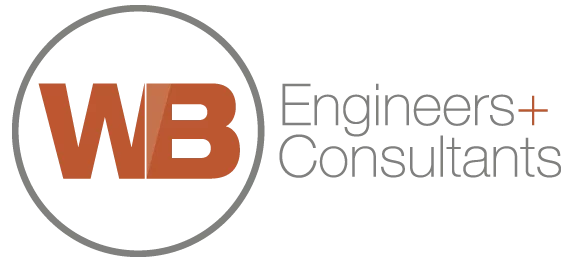Our Insights
Nuclear Energy as a Sustainable Energy Solution: A Webinar
October 4, 2023
Marie Curie said, “Nothing in life is to be feared, it is only to be understood. Now is the time to understand more, so that we may fear less.” Our webinar will help you understand more about nuclear power so that you can fear less about this sustainable energy solution.
TAKEAWAYS
With current technologies, there is no way to meet the increasing power demands driven by data centers, grid electrification, and electric vehicle infrastructure.
With this increased energy consumption comes consequences. The Intergovernmental Panel on Climate Change (IPCC) has warned that the planet will be irreversibly damaged unless we cut our carbon emissions worldwide by nearly 100% by 2050. To do this, we’d need to phase out fossil fuels entirely. Electrification is one alternative to sustainable energy. But can our grid keep up with the demand? No, it cannot.
By 2030, there will be a 10x increase in our electricity. Data centers alone will consume at least 25% of that electricity. States like New York and California have adopted electrification codes in new buildings to move away from natural gas and fossil fuels. Companies are starting to utilize commercial electric vehicle fleets, aligned with the US government initiative to increase passenger EV sales (by 2030, the aim is for half of all new passenger vehicle sales to be EVs). Between data centers, electrification codes in new buildings, and the increase in electric vehicles and the supporting infrastructure, our grid is being taxed, and we have a serious need for other forms of sustainable power generation.
To meet increasing power demands, small modular reactors are the solution.
Last Energy interviewed over a thousand people in the nuclear space across multiple stakeholders (including plant managers, utility operators, and politicians). What they found consistently is that nuclear projects have gotten bigger over time. These large project sizes lead to specialized labor, specialized supply chains, complex construction, and long delivery times – all of which lead to increased financing risk and costs. The reason it is so hard to build nuclear power plants is not because of the technology or heat source itself. It’s the project size.
Small modular reactors are the right solution. They use a modular design by constructing a power plant in a set of steel frames. This design allows the reactor to be built, quality-controlled, and then delivered to the site and assembled with minimal on-site labor and construction. Smart modular reactors are the nuclear technology of the future.
The biggest hurdle to growth in the nuclear industry right now is the nuclear industry itself.
We’ve seen that a significant challenge facing the nuclear industry is its inability to convey a positive and optimistic narrative to the public. Why? One reason is a legacy of fear about the safety of nuclear energy. Second, companies in this industry tend to create entire organizations dedicated to securing government funding for research. Taxpayers do not see the results through research. So, the narrative (and the question becomes), “Why should I give you my tax dollars for projects not built on time or schedule?”
The industry prioritizes the research and development of a nuclear plant over the actual design and construction (even though nuclear is a proven technology). Coupled with regulatory and permitting challenges and an extensive level of review, the nuclear industry’s growth today is slow.
INTERESTING INSIGHTS
- Energy systems must balance competing priorities that include risk, reliability, supply security, and cost.
- Nuclear energy is 3 million times more energy dense than fossil fuels, which is an order of magnitude more sustainable and more scalable that any source of power we’ve ever invented.
- A nuclear power plant produces electricity the exact same way as other thermal power plants (i.e., coal or biomass), by heating water and putting that heat energy through a steam turbine. The only difference is that a coal plant uses a chemical reaction to heat water in a boiler, whereas a nuclear plant uses an atomic reaction to heat water in a pressure vessel.
- If the nuclear energy industry wants to grow, it should use established supply chain and proven technologies, like gas-fired power generation used in the 90s and early 2000s, wind- and solar-power generation used in the early 2010s, and battery and hydrogen-power generation used today.
KEY QUOTES
- “When I first started in data centers, a one-megawatt data center was big… now we’re seeing EV charging fleets that are 8-10 megawatts. “ – Jimmy Sneed
- “No one of these technologies on their own is going to create both a sustainable and abundant source of energy. We’re going to need all of it, and we’re going to need all of it at levels much greater than we’ve seen. “ – Michael Crabb
- “What I think the nuclear industry needs to do is focus more on delivering value for customers and less on doing research and studies and new designs…[Last Energy’s] whole business model is organized around this exact approach in order to be as scalable as possible and….to maintain control and speed around cost and schedule respectively.” – Michael Crabb
- “Nuclear energy…is not unsafe, it’s a proven technology that we’ve been using for a long time.” – Jimmy Sneed








